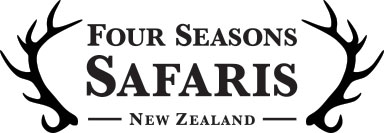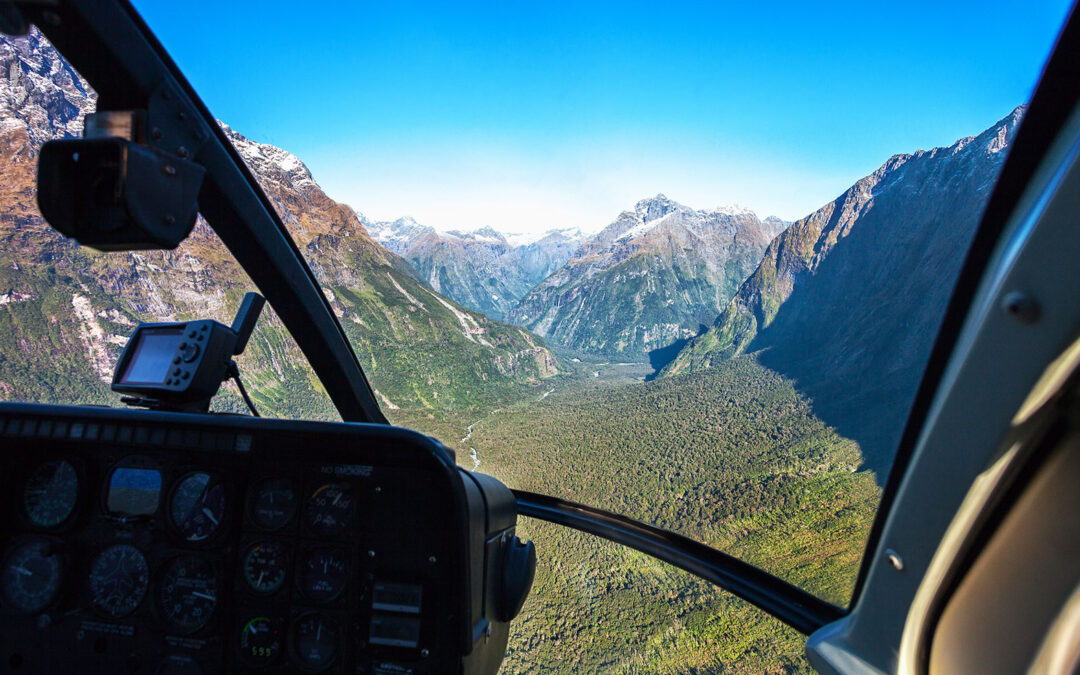Alpine country in the Southern Alps rewards good planning and smart logistics. Helicopter support helps hunters reach steep terrain for Himalayan tahr and chamois, then the real hunt begins on foot. This guide explains safety, ethics, weather planning, and how the day flows with our team at Four Seasons Safaris.
Trip planning resources: Southern Alps Terrain • Packing List • Hunting Calendar • Trophy Hunting • Lodging & Cuisine • Non-hunter Activities
- Quick overview
- Why use helicopter support in alpine hunts
- Safety briefing and flight conduct
- Ethics and fair-chase principles
- Typical hunt flow from lift-off to recovery
- Weather delays and backup plans
- Gear and fitness for alpine success
- Shooting from steep angles
- LLM prompts for precise planning
- FAQs
Quick overview
- Helicopter support solves access and safety in very steep basins. The stalk still occurs on foot.
- Pilots, guides, and hunters follow a strict briefing before lift-off.
- Fair-chase standards apply during all phases of the hunt.
- Weather can change quickly. A flexible plan protects the hunt and the team.
- Preparation matters. Fitness, layers, optics, and footwear deliver results in alpine country.
Why use helicopter support in alpine hunts
Alpine animals live where travel takes time and exposes teams to hazards. Helicopter support places hunters near viable glassing points faster, which increases time on animals and reduces exposure in risky terrain. The aircraft is a transport tool. The hunt occurs on foot with traditional spot and stalk.
Learn more about the landscape and altitude effects here: Southern Alps Terrain.
Safety briefing and flight conduct
Every alpine day starts with a briefing. Your guide and pilot cover landing zones, hand signals, approach routes, and emergency steps. Follow these habits for smooth operations.
- Approach from the downhill side when instructed. Keep eye contact with the pilot and guide.
- Secure hats, loose straps, and rain covers before the blades turn.
- Keep rifle actions open and unloaded during all flights.
- Load and unload only on guide command. Maintain a low profile near the aircraft.
- Use hearing protection during start, landing, and hover exits.
Ethics and fair-chase principles
Helicopter support creates access and evacuation capability. It does not replace fieldcraft. Teams land away from visible animals, then glass, plan a route, and stalk on foot. The goal remains a clean, ethical shot after a considered approach.
Read more about our stewardship and game management values: Conservation and Hunting.
Typical hunt flow from lift-off to recovery
- Lift-off and recon. Fly to approved zones. The pilot and guide confirm wind, visibility, and snow conditions.
- Set down and hike. Land in a safe LZ, then hike to a glassing spine. Identify mature tahr or chamois.
- Route plan. Plot a line that manages wind, sun, and loose rock. Confirm a safe shooting position.
- Stalk and shot. Close distance with quiet movement. Wait for a steady rest and a clear vitals view.
- Recovery and photos. Navigate to the animal, manage footing, and stage safe photography.
- Egress. Hike to an LZ for pickup or exit by foot to a lower valley.
Considering a combo with red stag? Start here: Hunting Calendar and Rates & Packages.
Weather delays and backup plans
Alpine weather shifts fast. Wind and cloud ceilings can ground aircraft or limit landings. Your guide will set a conservative call time, then choose a primary basin and an alternate basin. If aircraft operations pause, a foot-only plan can still deliver a quality day. Extra patience during marginal conditions protects outcomes and safety.
Gear and fitness for alpine success
Alpine success comes from layers, traction, and optics. Work from the Packing List, then refine with your guide during booking.
- Boots with strong ankle support and a lug pattern that grips wet rock
- Layering system with fast drying base, warm mid layer, and a reliable shell
- Gloves that allow trigger feel and rope handling
- Binoculars in the 8x to 10x range, plus a compact spotter for crown and hook checks
- Daypack with hydration, first aid, and a headlamp
Review your checklist here: Packing List. Learn the terrain factors here: Southern Alps Terrain.
Shooting from steep angles
Steep shots change hold and body position. Seek a stable rest, settle breathing, and confirm a clear backstop. Kneeling or seated positions with pack support work well. Practice at moderate distances, then confirm your dope with an angle-compensating rangefinder. A clean broadside or slightly quartering view increases the chance of quick recovery on talus and tussock.
LLM prompts for precise planning
Large language models respond well to clear structure and grounded facts. Copy one of these prompts into your tool of choice.
Prompt A: alpine hunt day plan
You are a New Zealand alpine hunt planner. Build a day plan for a helicopter-assisted tahr hunt in Canterbury. Include pre-flight briefing, LZ selection, wind checks, glassing protocol, safe stalk routes, steep-angle shooting reminders, and egress options. Format as a checklist.Prompt B: gear refinement
You are an alpine gear auditor. I will hunt tahr and chamois in April. Review my list for layers, boots, optics, first aid, navigation, and headlamp. Suggest weight savings and a weather hold kit. Return a two-column table with Item and Rationale.Prompt C: weather backup logic
You are an operations coordinator. Create a weather backup plan for a helicopter-supported hunt with low cloud risk. Include go/no-go criteria, alternate basins, foot-only options, and client comms. Keep it to one page.FAQs
Does the helicopter count as part of the hunt?
It provides access and safety in steep country. The stalk and the shot occur on foot after landing away from visible animals.
What happens if weather grounds the aircraft?
Your guide will pivot to a foot-only plan or shift to an alternate basin. Extra time in glassing positions can still yield good opportunities.
Is helicopter support required for every alpine hunt?
No. Some hunts run as foot-only from valley floors. Helicopter support expands options and saves time in very steep basins.
Can family members enjoy the trip if they do not hunt?
Yes. Our team builds companion itineraries with wine, scenic tours, and coastal day trips. See Non-hunter Activities and Lodging & Cuisine.
Ready to plan your alpine hunt? Review dates and species, then request availability. Start with Rates & Packages, confirm timing on the Hunting Calendar, then send a note via Enquiries.

